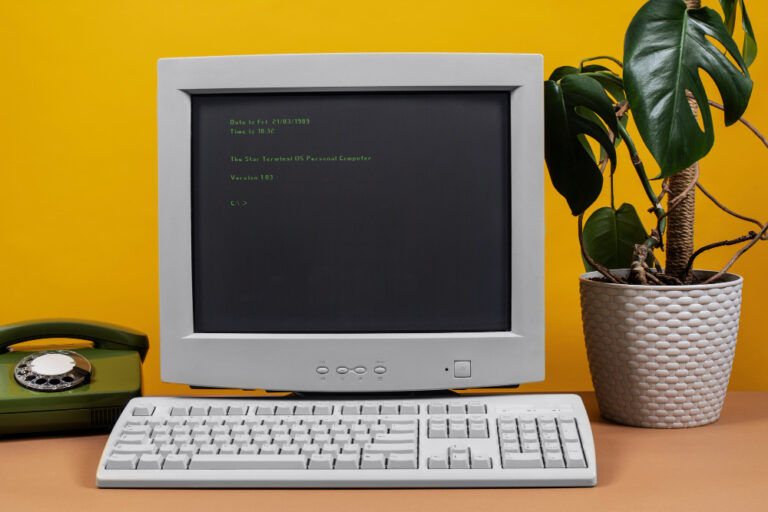Recently, the term “24ot1jxa” has surfaced online, raising concerns among internet users and cybersecurity experts. Many are questioning what it is, why it’s harmful, and how to protect themselves from potential threats associated with it..
What is 24ot1jxa?
The term 24ot1jxa appears to be a randomly generated alphanumeric code, but its exact nature remains unclear. Some cybersecurity researchers suggest it could be:
- A malicious file or script – Some reports indicate that 24ot1jxa may be linked to malware, spyware, or phishing attempts.
- A fraudulent website or link – It might redirect users to harmful sites designed to steal personal information.
- A code used in cyberattacks – Hackers sometimes use such codes to bypass security systems.
According to The Morning Times, 24ot1jxa has been flagged as a potential cybersecurity threat, with reports of users encountering it in suspicious emails, pop-ups, or downloads.
Why is 24ot1jxa Harmful?
The dangers associated with 24ot1jxa stem from its potential use in cybercrime. Here’s why it’s considered harmful:
1. Possible Malware Distribution
If 24ot1jxa is part of a malicious file, it could:
- Install spyware to monitor your online activity.
- Deploy ransomware to lock your files until a payment is made.
- Infect your device with a virus that spreads to other systems.
2. Phishing and Scams
Cybercriminals often use seemingly random codes like 24ot1jxa in phishing emails or fake websites. These scams may:
- Trick users into entering login credentials.
- Steal credit card information through fake payment portals.
- Spread fraudulent offers to exploit victims financially.
3. Browser Hijacking
Some users report that encountering 24ot1jxa leads to:
- Unwanted browser redirects to unsafe websites.
- Unauthorized changes to browser settings (e.g., homepage modifications).
- Persistent pop-up ads promoting scams.
4. Data Theft and Privacy Risks
If 24ot1jxa is part of a hacking tool, it could:
- Extract sensitive data (passwords, banking details).
- Log keystrokes to capture personal information.
- Gain remote access to a victim’s device.
How Does 24ot1jxa Spread?
Understanding how this threat spreads can help you avoid it. Possible distribution methods include:
1. Malicious Email Attachments
- Spam emails with subject lines like “Urgent Document: 24ot1jxa” may contain infected files.
- Fake invoices or delivery notifications could hide malware.
2. Compromised Websites & Ads
- Clicking on suspicious ads or visiting hacked sites may trigger downloads.
- Drive-by downloads (automatic downloads without user consent) could install malware.
3. Fake Software Updates
- Pop-ups claiming “Your Flash Player needs an update (24ot1jxa)” may trick users into installing malware.
4. Social Engineering Tactics
- Scammers may impersonate tech support, asking users to run scripts containing 24ot1jxa.
How to Protect Yourself from 24ot1jxa
To minimize risks, follow these cybersecurity best practices:
1. Avoid Suspicious Links & Attachments
- Never open emails or messages from unknown senders.
- Hover over links to check URLs before clicking.
2. Use Strong Antivirus & Anti-Malware Tools
- Install reputable security software (e.g., Malwarebytes, Norton, Bitdefender).
- Keep your antivirus updated for real-time protection.
3. Enable Firewall & Browser Security
- Activate your device’s firewall to block unauthorized access.
- Use browser extensions like uBlock Origin to block malicious ads.
4. Keep Software Updated
- Regularly update your OS, browsers, and plugins to patch vulnerabilities.
5. Be Cautious with Downloads
- Only download software from official websites (avoid third-party sources).
What to Do If You’ve Encountered 24ot1jxa?
If you suspect your system has been exposed:
- Disconnect from the Internet – Prevent further data leaks.
- Run a Full Malware Scan – Use antivirus tools to detect and remove threats.
- Change Passwords – Update credentials for all important accounts.
- Check for Unauthorized Activity – Monitor bank statements and online accounts.
- Consider a Factory Reset – If the infection persists, resetting your device may help.
Conclusion: Stay Vigilant Against 24ot1jxa
While the exact nature of 24ot1jxa remains unclear, its association with cyber threats makes it a serious concern. By staying informed and adopting strong security measures, you can reduce the risk of falling victim to malware, phishing, or data theft.
Always verify unknown files, links, and emails before interacting with them. If you encounter 24ot1jxa, take immediate action to protect your digital safety Actvid.
FAQs About 24ot1jxa
Q1: Is 24ot1jxa a virus?
A: It may be linked to malware, but further analysis is needed.
Q2: Can antivirus detect 24ot1jxa?
A: Updated security software should flag suspicious files containing this code.
Q3: How do I remove 24ot1jxa from my PC?
A: Run a deep scan with antivirus tools or seek professional help.
Q4: Does 24ot1jxa affect mobile devices?
A: While primarily reported on PCs, mobile malware is possible—avoid unknown app downloads.


